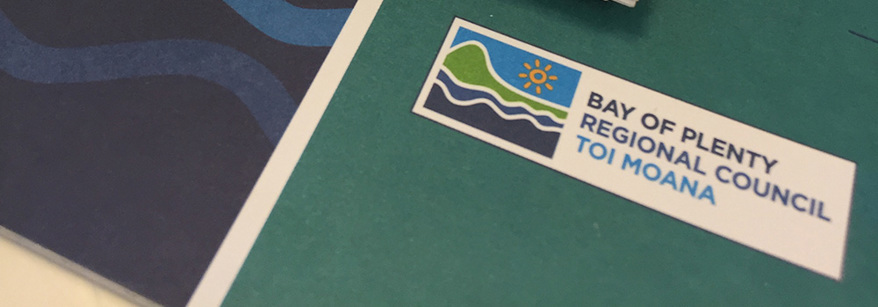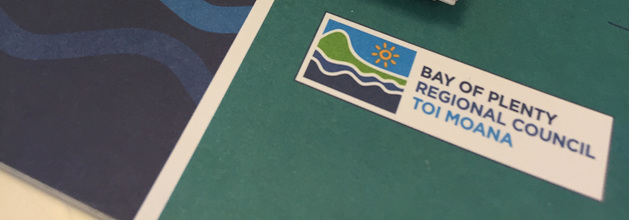Council operates under a Regional River Gravel Management Plan. The plan is informed by the Resource Management Act and the Soil Conservation and Rivers Control Act 1941.
Why we have the plan
Gravel extraction is required on certain rivers and locations around the region where excess gravel in the riverbed can cause an increased risk of erosion or flooding. For example, along with the naturally occurring gravel supply from upper catchment headwaters, extreme weather events that result in increased river flows can cause large gravel deposits downstream. This may then divert the flow of the river into riverbanks (and increase the risk of erosion), or greatly reduce the amount of water the river can hold (and increase the risk of flooding).
By removing controlled quantities of gravel as part of scheme maintenance, we can manage these risks for neighbouring communities.
Regional Council plays a critical role in ensuring that gravel extraction does not adversely affect the river system, and works closely with relevant organisations and tangata whenua to achieve this.
Our river engineers manage extraction rates to maintain the flood capacity of the river, by seeking a balance between extraction rates and the naturally occurring gravel supply. It is important that any proposed extraction is assessed, approved, and monitored as over extraction can degrade the riverbed and increase erosion risk.
The plan is supported by a number of guidelines with an operational focus that support Council, and others that are able to undertake gravel extraction activities.
By understanding the plan and applying the guidelines, we can all play a part to support the natural environment, community assets and infrastructure.
Gravel Management Fees
These fees help cover the cost of Regional Council resources required to ensure that any gravel extracted from the rivers meets our responsibilities under the Soil Conservation and Rivers Control Act 1941 (SCRCA) for river control and flood management.
This work includes ongoing surveying of the rivers (for example, riverbed cross sections, field work, information collection, aerial surveys, environmental data monitoring, allocation assessments and review) and site inspections.
Following a review process and consultation with the community in early 2024 fees were maintained at the existing level.
Find out more about fees and charges.
Statutory acknowledgements
The Ngā Whakaaetanga-ā-Ture ki Te Taiao ā Toi (Statutory Acknowledgements in the Bay of Plenty) is a compendium to the Regional River Gravel Management Plan. Check out the Statutory acknowledgements for more information.


